



ORGANS OF PARIS © 2024 Vincent Hildebrandt HOME ALL ORGANS

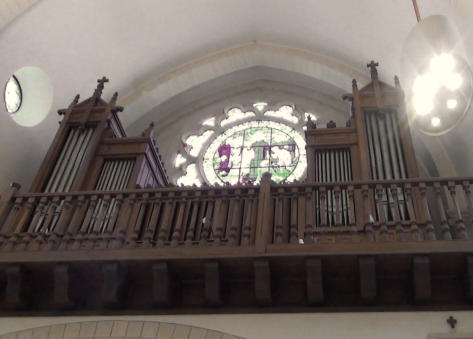
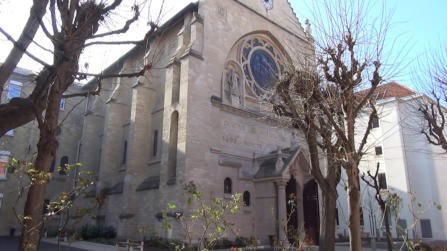
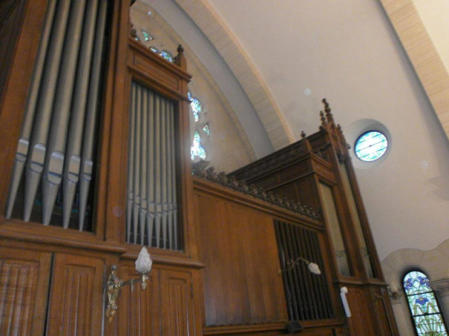
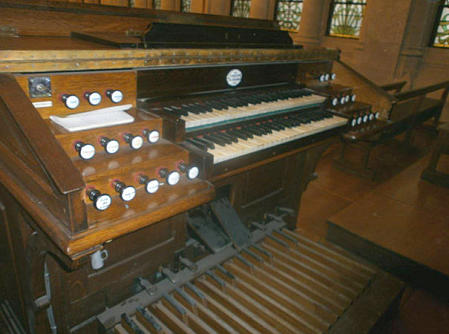

Saint Jean de Dieu was founded in 1858 to
accommodate young, infirm and poor boys who were
excluded from schools and hospitals. The Brothers
provided them with care, provided them with a school
education and taught them a trade to enable them to
integrate into society. A spirit of welcome and
dedication on the part of the hospital brothers that
will continue unfailingly over the decades and allow
the centre to become a reference in the field while
evolving to be today a center specialized in support for
motor disability and polyhandicap of both the child
and the adult. With its historic buildings dating back to
the 19th century and its new buildings, it offers more
than 17,000 square spaces adapted to the
accompaniment of the guests. Located inside the
centre, the chapel was erected in the 19th century at
the expense of Adolphe Demy and Clotilde Cazelles,
both benefactors of the Institution. The life of Saint-
Jean-de-Dieu is depicted on scenes painted at the low
niches inside the building. The chapel is also
decorated with statues and decorative stained glass
windows with lily flowers made by L. Avenet (1997).
(Translation of a French text by Thierry Correard)
Photo buffet: Vincent Hildebrandt
Photo buffet-detail et console: Thierry Correard
1903- Camille Godefroid (1)
1968 - Haerpfer-Erman (3a)
II/22- transmissions mécaniques -
composition
E7
The organ was built by Camille Godefroid in 1903. Little is
known about this builder.
The instrument includes 2 manuals (Grand-Orgue expressif
and Récit expressif) of 54 notes and pedalboard of 30
notes, 22 stops (see composition below) and fully
mechanical transmissions. Its console is turned upside
down (organist facing the altar). The piping is of high
quality.
Its case is quite peculiar, in fact on the first floor of the
Montre, the central part is without pipes but has a system
of lattices allowing the expression of the Great Organ, it is
crowned by a frieze of stylized leaves of 5 lobes.
The instrument underwent a complete restoration by
Haerpfer-Erman in 1968 with the installation of new stops
on windchests at the end of the engraving as well as a total
revoicing. At the Grand-Orgue, Haerpfer replaced a Nasard
with a Doublette and the Plein-Jeu went from 3 to 4 ranks.
In the Récit, Haerpfer replaced a Diapason-Flute set of 8
with a Bourdon 8 and a Human Voice of 8 with a
Sesquialtera II.
(Translation of a French text by Thierry Correard)
Organs of Paris
ORGANS OF PARIS © 2024 Vincent Hildebrandt ALL ORGANS
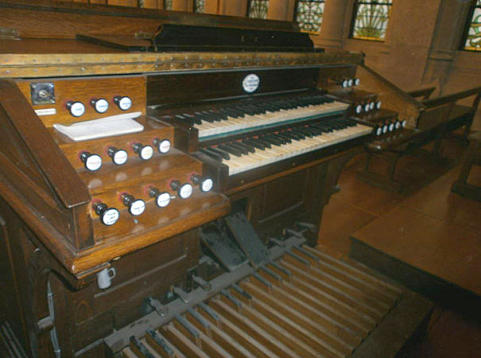
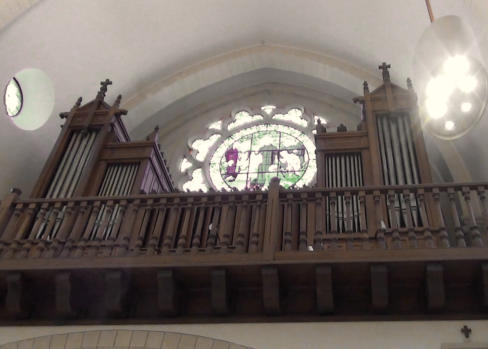
E7
The organ was built by Camille Godefroid in 1903. Little is
known about this builder.
The instrument includes 2 manuals (Grand-Orgue expressif
and Récit expressif) of 54 notes and pedalboard of 30
notes, 22 stops (see composition below) and fully
mechanical transmissions. Its console is turned upside
down (organist facing the altar). The piping is of high
quality.
Its case is quite peculiar, in fact on the first floor of the
Montre, the central part is without pipes but has a system
of lattices allowing the expression of the Great Organ, it is
crowned by a frieze of stylized leaves of 5 lobes.
The instrument underwent a complete restoration by
Haerpfer-Erman in 1968 with the installation of new stops
on windchests at the end of the engraving as well as a total
revoicing. At the Grand-Orgue, Haerpfer replaced a Nasard
with a Doublette and the Plein-Jeu went from 3 to 4 ranks.
In the Récit, Haerpfer replaced a Diapason-Flute set of 8
with a Bourdon 8 and a Human Voice of 8 with a
Sesquialtera II.
(Translation of a French text by Thierry Correard)
1903- Camille Godefroid (1)
1968 - Haerpfer-Erman (3a)





















